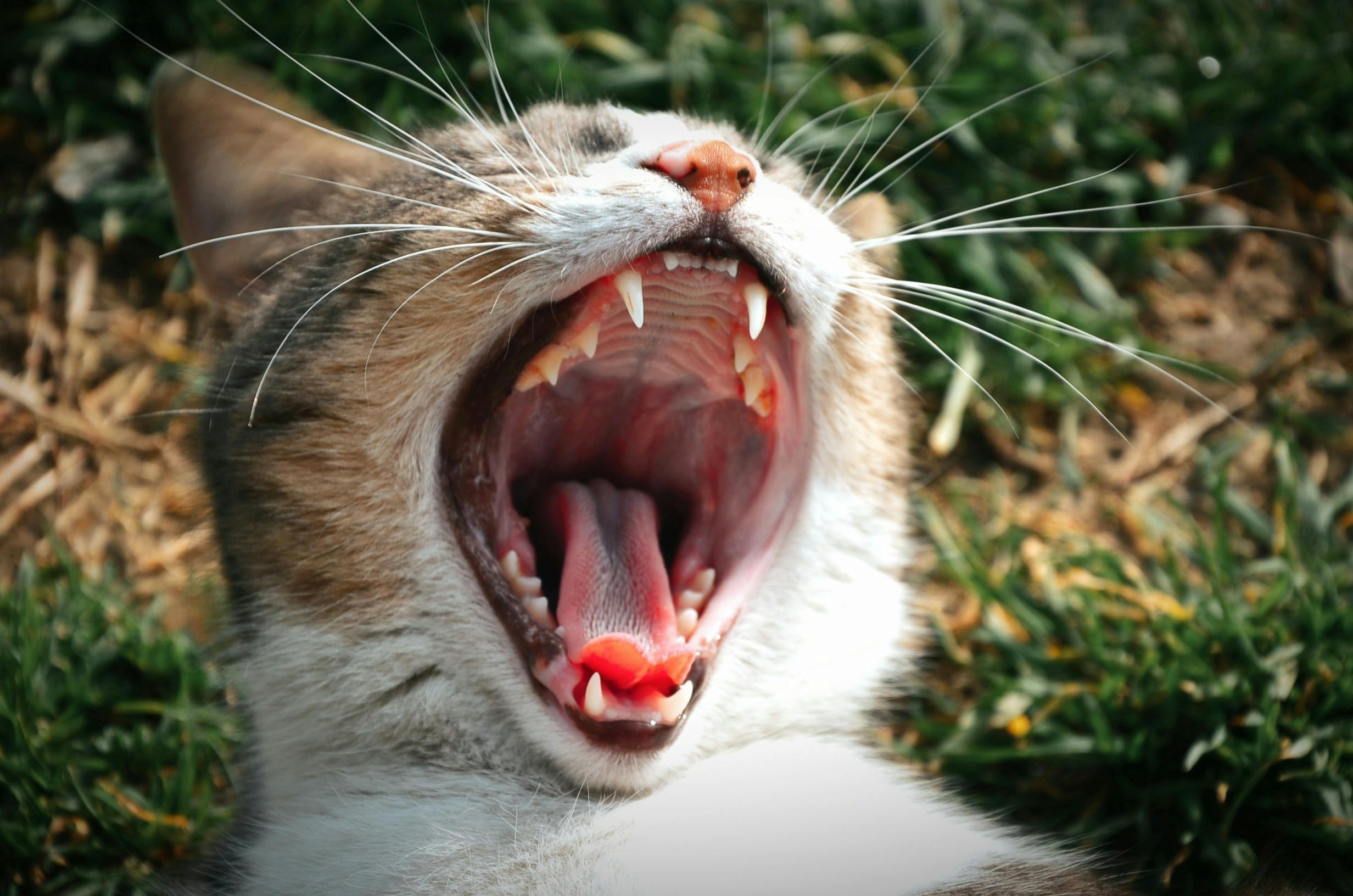Floating a horse’s teeth is a common equine dental procedure performed by veterinarians and equine dentists. It involves the use of specialized tools to file down sharp points on the horse’s teeth and to reduce the size of overly large teeth. This helps the animal to chew more comfortably and can also help to avoid any oral health issues that may arise due to improper chewing. Floating a horse’s teeth also helps to improve the relationship between horse and rider, as it can make riding more comfortable for both parties.Floatation of a horse’s teeth refers to the process of filing down sharp edges on the horse’s teeth that can interfere with proper mastication (chewing). This process is done with a float, which is a special dental instrument designed for this purpose. The goal is to reduce the amount of sharp edges, known as points, and create a more even surface that will not cause discomfort or injury to the horse’s mouth. Floatation is an important part of maintaining healthy teeth in horses and should be done by a qualified equine veterinarian or dental technician.
Floating a Horse’s Teeth
Floating a horse’s teeth is an important part of equine dental care. It is a process that involves filing down sharp points and edges that can cause injury to the horse’s mouth. This process helps to maintain healthy teeth and gums, allowing the horse to properly chew its food and absorb nutrients from it. Floating also helps to prevent infection and pain in the horse’s mouth, which can lead to difficulty in eating.
The benefits of floating a horse’s teeth are numerous. It helps to ensure that the horse has healthy teeth and gums, which can improve their overall health and well-being. Additionally, it helps to keep the horse comfortable by reducing or eliminating pain caused by sharp points on the teeth. Floating also helps to prevent infections, which can lead to serious health complications for horses if left untreated. Finally, it ensures that the horse is able to properly chew its food so that it can absorb nutrients from it efficiently.
Potential Risks Involved In Floating A Horse’s Teeth
Floating a horse’s teeth is an important part of keeping them healthy, but there are some potential risks that should be taken into account. The most common risk associated with floating a horse’s teeth is the possibility of damaging the sensitive tissues in the mouth. If the floating procedure is not done correctly, it can cause lacerations or abrasions to the soft tissue in the gums and mouth. This can lead to infection, pain, and discomfort for your horse. Another risk associated with floating is that it can cause sharp edges to form on the teeth which can cause oral discomfort for your horse.
In some cases, floating a horse’s teeth can also cause root exposure or fracturing of the tooth structure. This could lead to further damage to the tooth and possibly infection if not addressed quickly by a veterinarian. Additionally, incorrect techniques during a floating procedure could potentially cause nerve damage in your horse’s mouth.
Finally, there is also an increased risk of injury for people involved with floating a horse’s teeth due to potential kickback from unexpected movement by the horse during the procedure. It is important that anyone involved in this process understands how to safely handle any situation that arises during a float session and always wear protective gear while near horses.
Overall, it is important to understand all of the potential risks associated with floating a horse’s teeth before attempting this process yourself or hiring someone else to do it for you. A qualified equine dentist or veterinarian should be consulted before attempting any dental procedure on your horse in order to ensure proper safety precautions are taken and your horse’s health isn’t compromised during any part of the process.
Floating a Horse’s Teeth
Floating a horse’s teeth is an important part of keeping them healthy. It helps to maintain the proper alignment of the jaw and teeth, as well as prevent painful ulcerations in the mouth. To float a horse’s teeth, it is important to have the right equipment. This includes a float, which is a metal tool used to file down sharp edges and points on the horse’s teeth; an elevator, which is used to lift the gums away from the teeth; and a polisher, which is used to smooth out any rough edges that may have been left behind by the float. Additionally, protective eye wear should be worn to protect against flying particles during the procedure.
Floating a Horse’s Teeth
Floating a horse’s teeth is an important part of equine dental care. The process involves filing down sharp edges on the horse’s teeth, which can cause discomfort and pain when eating. It is typically performed by a qualified equine dentist, also known as an equine dental technician. The process is done while the horse is sedated to ensure its comfort and safety during the procedure.
The first step in floating a horse’s teeth is inspecting them for any signs of infection or disease. This is done using specialized tools such as a dental mirror and probe to examine the teeth closely. Once any problem areas are identified, they can be treated accordingly.
Next, the horse’s teeth are filed down using a motorized handpiece with special burrs that are shaped to fit each tooth. This filing process removes sharp edges and helps maintain proper tooth alignment, which improves the horse’s ability to chew and digest food more effectively.
Once all of the sharp edges have been removed, the dentist will use polishing paste to smooth out any remaining rough spots on the surface of the teeth. This polishing helps protect against plaque buildup and other oral health problems.
Finally, once all of these steps have been completed, the dentist will check for any remaining problems before ending the procedure. Floating a horse’s teeth should be done regularly as part of their overall dental care routine in order to prevent discomfort and other health issues caused by poor dental hygiene.

How Often Does A Horse Need To Have Its Teeth Floated?
The frequency of dental care for a horse will depend on its age, diet, and overall health. Generally, horses should have their teeth checked and floated at least once a year. However, certain circumstances such as changes in diet or medical conditions may require more frequent examinations. Older horses, in particular, may need more frequent dental care due to the natural wear and tear that occurs over time. If your horse is showing signs of discomfort or difficulty eating, it is best to have its teeth checked and floated sooner than the recommended annual examination. This will help provide relief from any discomfort and ensure that your horse can continue to eat properly.
When it comes to floating a horse’s teeth, it is important to understand the process involved. Floating a horse’s teeth involves filing down sharp points on the molar surfaces which can cause pain and discomfort while eating. This process also helps to keep the mouth healthy by removing excess tartar buildup and helping to prevent infection from developing. A qualified equine dentist will be able to determine when this procedure needs to be performed based on the individual needs of your horse.
In summary, horses should generally have their teeth checked and floated at least once per year. However, depending on the age of your horse or any changes in diet or health conditions, you may need to adjust the frequency of exams accordingly. A qualified equine dentist can help you determine what schedule is best for your individual case. Regular dental care is essential for maintaining good oral health in horses – so don’t forget about your horse’s pearly whites!
Signs That Indicate A Horse Might Need Its Teeth Floated
Horses need regular dental care, just like humans. One of the most important aspects of this is having their teeth floated, which is a procedure that removes sharp edges and helps to promote healthy wear and tear of the teeth. It’s important to look out for signs that indicate a horse might need its teeth floated, as this can help prevent issues such as difficulty eating or mouth pain.
Some of the most common signs that indicate a horse might need its teeth floated include difficulty eating or dropping food from their mouth, excessive salivation while eating, head shaking or head tossing while eating, changes in attitude or behavior while being ridden, and refusing certain bits when ridden. Other signs include an increase in chewing motions without actually eating, grinding or clenching of the jaw while eating, and foul breath.
It’s important to pay close attention to any changes in your horse’s behavior that could be related to dental issues, as they can become quite serious if not addressed quickly. If you notice any of the above signs with your horse, it’s best to contact your veterinarian immediately for an examination and possible floating procedure.
After the Process of Floating A Horse’s Teeth Is Completed
After a horse’s teeth have been floated, it is important to monitor the animal’s recovery process and look out for any signs of discomfort or difficulty eating. The horse should be monitored closely for the first few days after the procedure, as some discomfort is to be expected. If the horse appears to be in considerable pain, has difficulty eating, or shows signs of infection or inflammation, then veterinary attention should be sought immediately.
It is also important to take steps to ensure that the horse’s teeth do not become overgrown again. Regular checkups with an equine dentist are recommended every six months or so, and regular dental care at home can help keep a horse’s teeth healthy and free from infection. This includes brushing the teeth regularly with a soft-bristled brush and using an approved dental paste, as well as offering crunchy treats like carrots or apples that help wear down sharp edges on a horse’s teeth.
Finally, it is essential to make sure that your horse receives a balanced diet that provides enough roughage to keep its teeth healthy. Roughage helps wear down sharp edges on a horse’s teeth naturally and aids in digestion as well. Feeding hay instead of grain can help keep your horse’s teeth in good condition; however, if your veterinarian recommends grain supplementation for your horse’s diet, it should also include enough roughage to keep its teeth healthy.
By taking all these steps into account after floating a horse’s teeth, you can ensure that the animal remains healthy and comfortable while keeping their teeth free from overgrowth and infection.

Conclusion
Floating a horse’s teeth is an important part of their overall healthcare. It is essential to ensure that they are comfortable when ridden and that the food they are eating is being properly chewed. Floating a horse’s teeth helps to maintain the correct occlusion, which can reduce wear on the teeth, decrease discomfort, and improve performance. While it is possible to perform this procedure at home, it’s always best to consult with a veterinarian or equine dentist for professional advice. With the right care and attention, you can ensure your horse has healthy teeth for many years to come.
Floating a horse’s teeth should be done on an annual basis or as recommended by your veterinarian or equine dentist. This procedure not only helps to keep the horse comfortable but also helps maintain their overall health and wellbeing. When done correctly and regularly, floating can help reduce wear on the teeth, decrease discomfort, and improve performance. Taking care of your horse’s teeth is essential for their long-term health and wellbeing.
